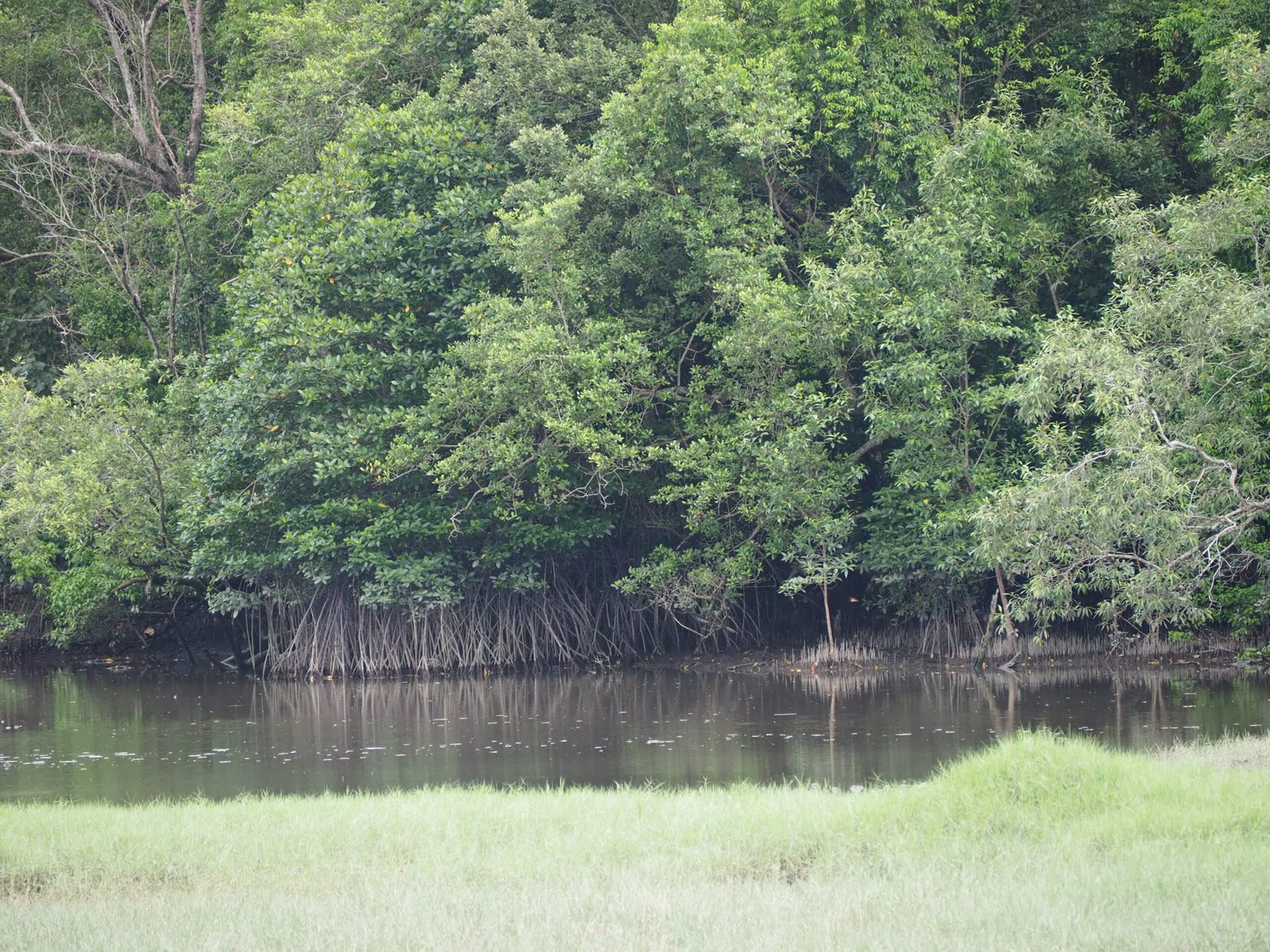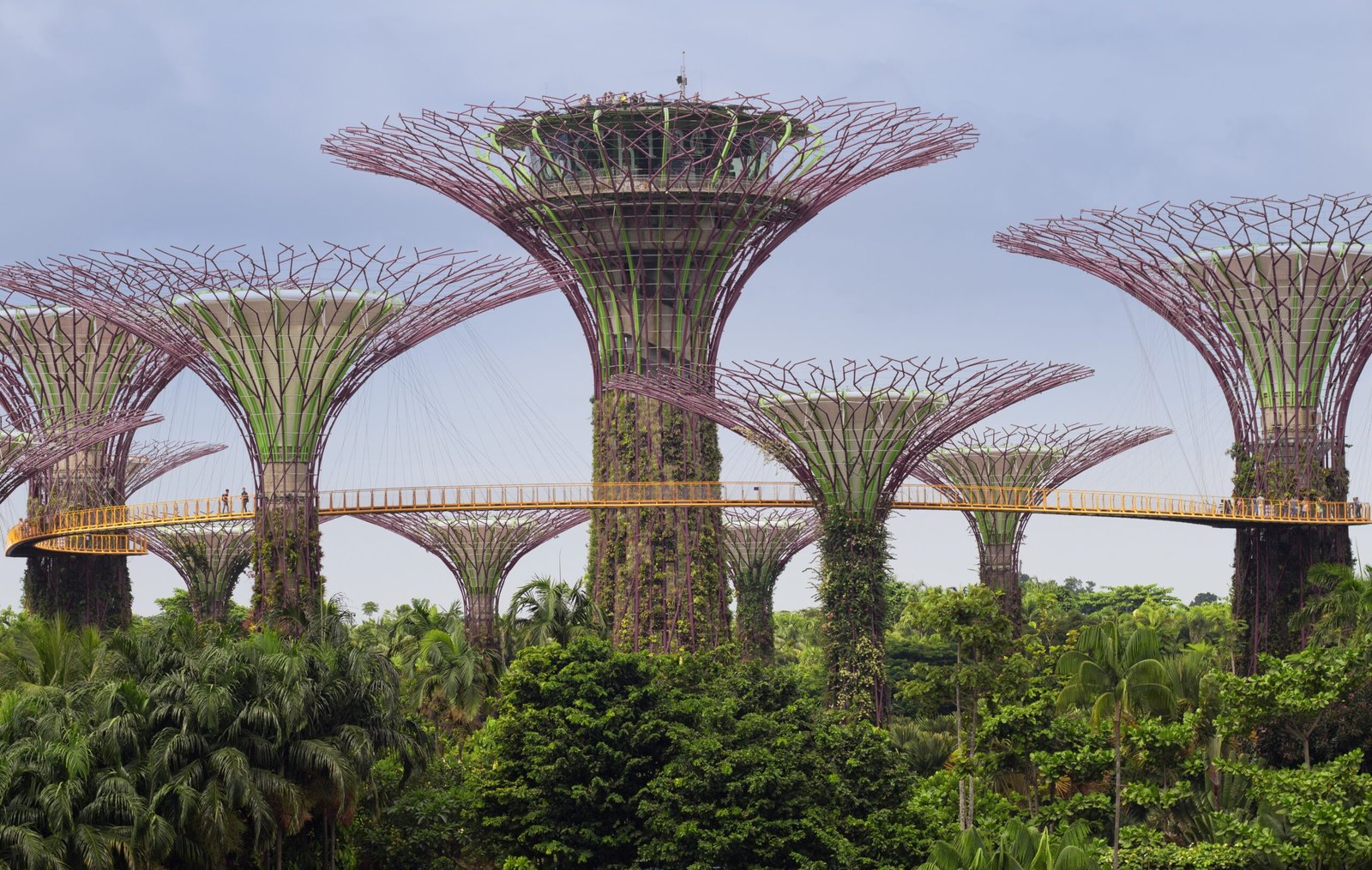Nestled at the southern tip of the Malay Peninsula, Singapore is a bustling city-state known for its towering skyscrapers and lush greenery. However, beneath its modern facade lies a delicate and complex network of coastal ecosystems that face an increasing threat from climate change. The warming of our planet is not just an abstract concept; it is a pressing reality that is reshaping Singapore’s coastlines even as you read this. From rising sea levels to shifting biodiversity, the impact of climate change on these ecosystems is profound and multifaceted.
Rising Sea Levels: A Looming Threat
One of the most immediate and visible impacts of climate change on Singapore’s coastal ecosystems is the rising sea levels. As global temperatures increase, polar ice caps melt, leading to higher sea levels. In Singapore, this means that coastal areas are at risk of flooding, threatening both natural habitats and human settlements. In some areas, the sea has already encroached upon low-lying zones, causing erosion and loss of land. The government has been proactive, investing in infrastructure like sea walls, but these measures are costly and may not be sustainable in the long term.
Changing Weather Patterns
The weather in Singapore is becoming increasingly unpredictable, thanks to climate change. Traditionally, the country has experienced a tropical climate with relatively stable patterns. However, recent years have seen more frequent and intense storms, which have devastating effects on the coastal ecosystems. Heavy rainfall can lead to runoff that pollutes the seas, while strong winds and high waves can cause physical damage to coral reefs and mangroves. These ecosystems are crucial as they act as natural barriers, protecting the coastline from erosion.
Coral Reefs: Canaries in the Coal Mine
Coral reefs are often referred to as the “rainforests of the sea” because of their incredible biodiversity. In Singapore, these reefs are under significant stress due to rising sea temperatures. Warmer waters cause coral bleaching, a process where corals expel the algae living in their tissues, turning them white and often leading to death. Once vibrant and colorful, many of Singapore’s coral reefs have become pale and lifeless. This not only affects the marine life that depends on the reefs but also impacts local fisheries and tourism.
Mangroves: Nature’s Coastal Guardians

Mangroves are another critical component of Singapore’s coastal ecosystems. These salt-tolerant trees and shrubs are essential for protecting shorelines and supporting biodiversity. They act as nurseries for many marine species and help to stabilize the coastline by reducing erosion. However, rising sea levels and changing salinity levels pose a significant threat to mangroves. As seawater pushes further inland, it disrupts the delicate balance these ecosystems require to thrive. The loss of mangroves would have a cascading effect, impacting both the environment and local communities.
Marine Biodiversity: A Delicate Balance
Singapore’s coastal waters are home to a rich tapestry of marine life, from colorful fish to elusive sea turtles. However, climate change is altering these ecosystems in ways that can upset the ecological balance. Warmer waters can lead to the migration of species, either seeking cooler areas or being driven away by new predators. This shift can have a domino effect, disrupting food chains and leading to the decline of certain species. Additionally, increased carbon dioxide levels are causing ocean acidification, making it harder for shellfish and corals to build their protective shells.
Human Impact and Economic Consequences
The impact of climate change on Singapore’s coastal ecosystems is not just an environmental issue; it has significant economic implications as well. The fishing industry, which relies on healthy marine ecosystems, faces challenges as fish populations decline or migrate. Tourism, another vital sector, may also suffer as coral reefs and other natural attractions degrade. The costs of protecting coastal areas and rebuilding after extreme weather events can strain the nation’s resources. This economic burden highlights the need for sustainable solutions and proactive measures.
Conservation Efforts: A Race Against Time
In response to these challenges, Singapore has been actively working to conserve its coastal ecosystems. Initiatives like the replanting of mangroves and coral nurseries aim to restore damaged habitats. Collaborative efforts between government agencies, non-profits, and local communities are essential in these conservation efforts. However, these initiatives face the uphill battle of keeping pace with the rapid changes brought about by climate change. There is a growing recognition that more must be done to ensure the survival of these vital ecosystems.
Technological Innovations in Climate Adaptation

Singapore is leveraging technology to combat the impacts of climate change on its coastlines. Advanced modeling and monitoring systems are being developed to predict changes in sea levels and weather patterns, allowing for more effective planning and response. Innovations in engineering, such as floating solar panels and tidal barriers, are being explored as potential solutions. These technologies offer promising avenues for adaptation, but they also require significant investment and collaboration across sectors.
Community Involvement: A Collective Responsibility
Addressing the impact of climate change on Singapore’s coastal ecosystems is not solely the responsibility of the government. Community involvement is crucial in driving meaningful change. Educational programs and community-led initiatives can raise awareness and inspire action. Local volunteers can participate in beach clean-ups, mangrove planting, and other conservation activities. By fostering a sense of collective responsibility, Singaporeans can work together to protect their natural heritage for future generations.
The Global Perspective: Singapore’s Role
While the challenges facing Singapore’s coastal ecosystems are local, they are part of a broader global issue. Climate change is a global problem that requires international cooperation and commitment. Singapore, as a forward-thinking nation, has the opportunity to lead by example in climate adaptation and mitigation. By sharing knowledge and collaborating with other countries, Singapore can contribute to global efforts to combat climate change and protect coastal ecosystems worldwide.
In conclusion, the impact of climate change on Singapore’s coastal ecosystems is a complex and urgent issue that requires immediate attention and action. As sea levels rise, weather patterns shift, and biodiversity changes, the delicate balance of these ecosystems is at risk. Through conservation efforts, technological innovations, and community involvement, Singapore can work towards preserving its coastal heritage. This is not just a local challenge but a global responsibility, and Singapore has the potential to play a pivotal role in shaping a sustainable future.




